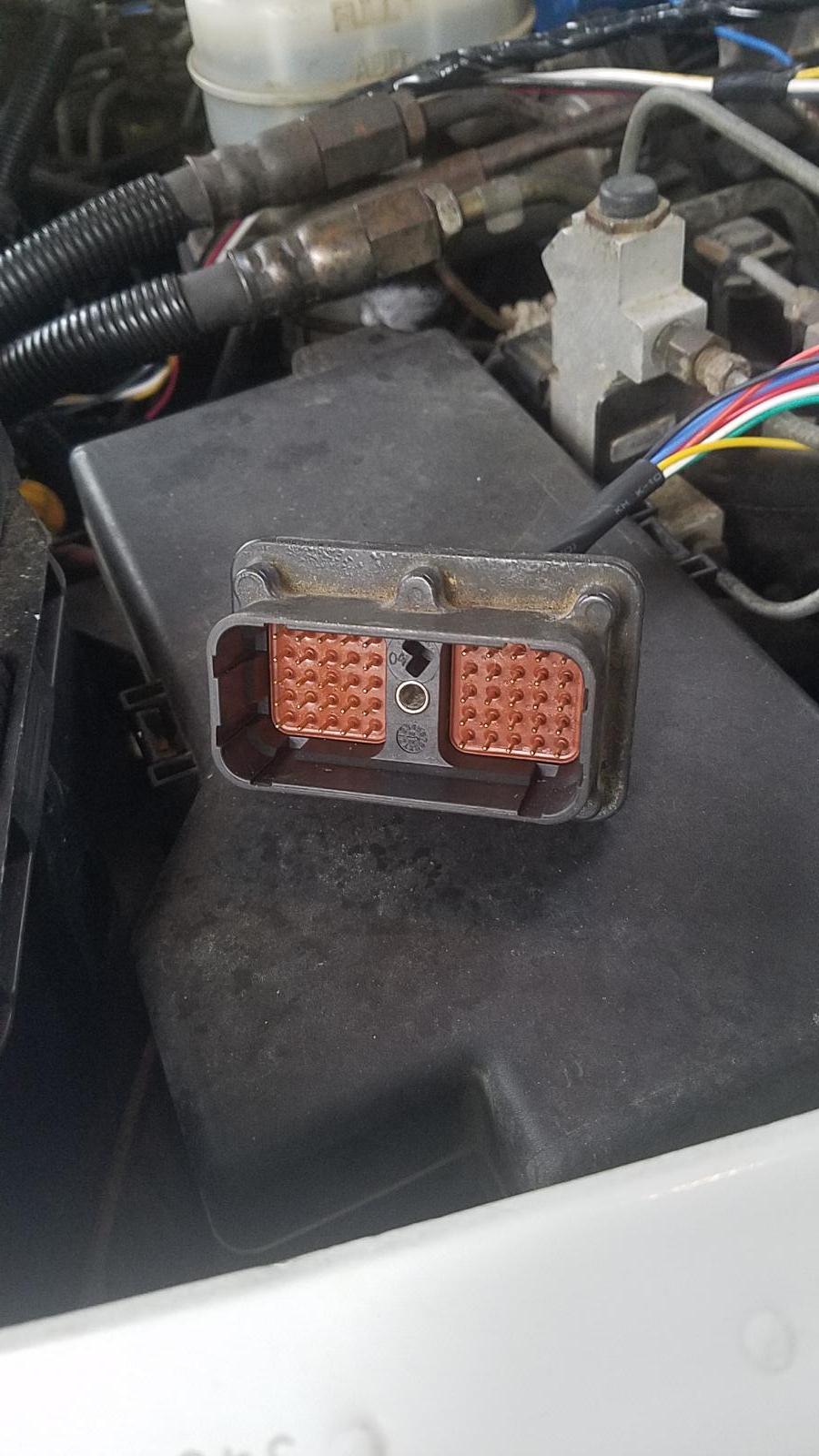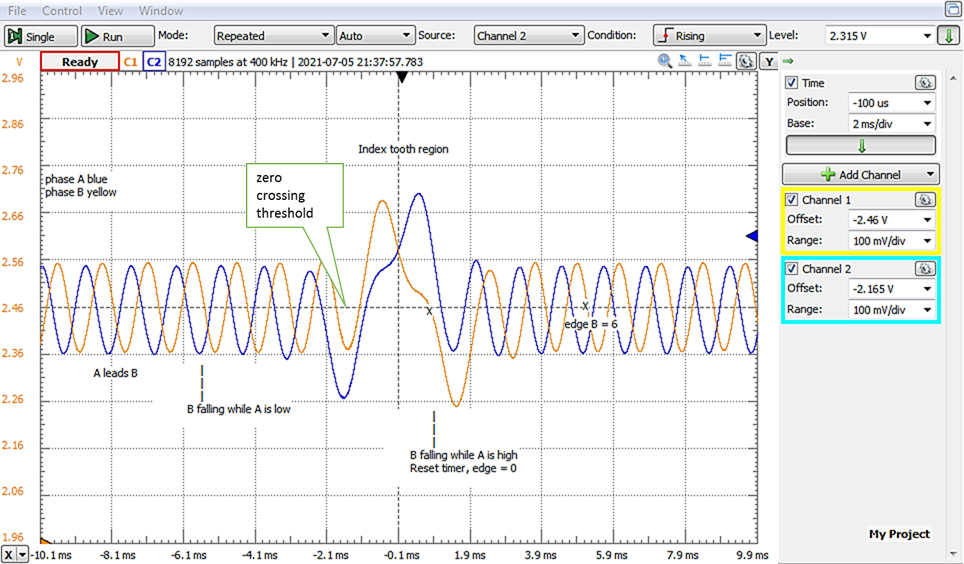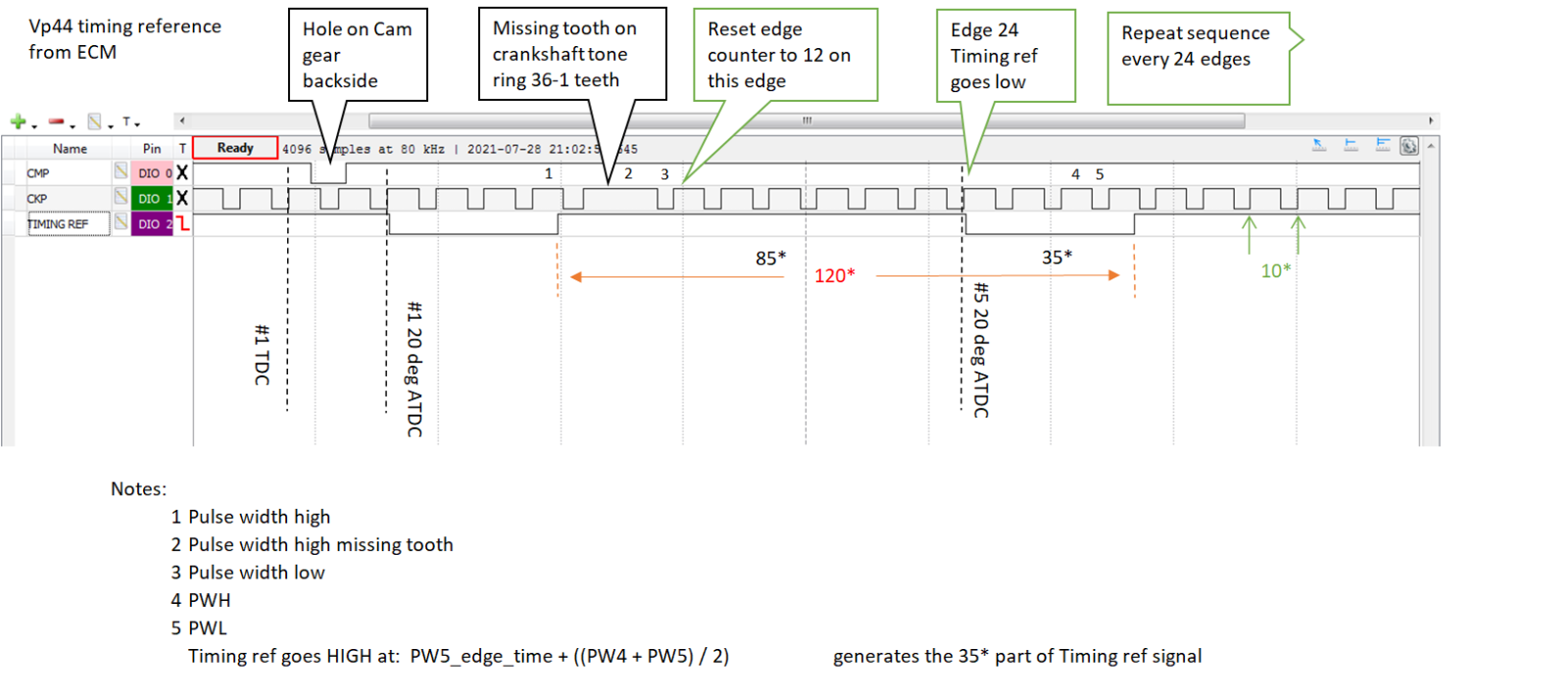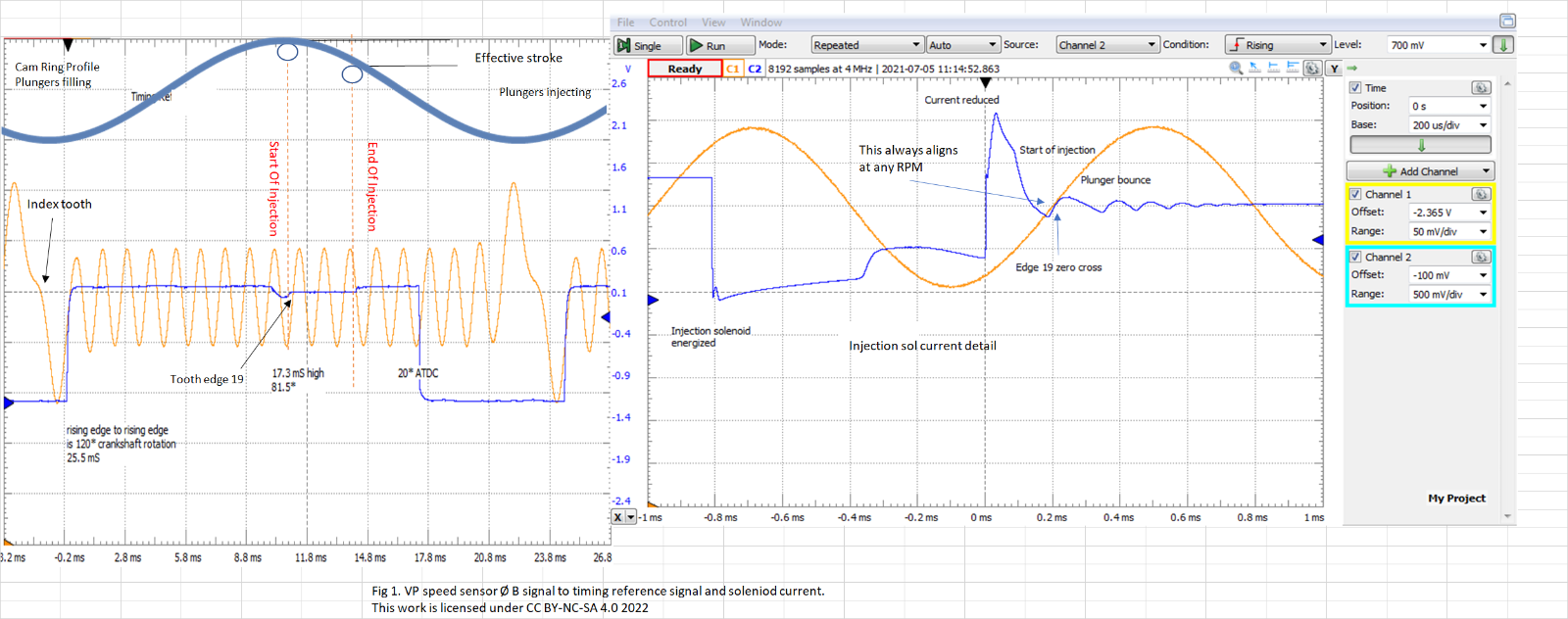- Replies 40
- Views 23.3k
- Created
- Last Reply
Top Posters In This Topic
-
Great work! 14 posts
-
 Mopar1973Man 10 posts
Mopar1973Man 10 posts -
 Silverwolf2691 6 posts
Silverwolf2691 6 posts -
 VMac822 3 posts
VMac822 3 posts
Most Popular Posts
-
Main difference is there is no CAN bus. The tune / tables will be self contained and work off of TPS and MAP. So far I have 2 timing tables full load and no load indexed by RPM. A value between full
-
So I needed to make the connections on the vp44 more permanent now that I proved it works. I also wasn't sure how much the psg interacts with the internal sensor as far as temperature compensation and
-
Here are some diagrams I put together that shows how the Vp sensor and solenoid drive current look. There is also the timing ref signal that used to come from the ECM. The vp sensor has two Hall or ma






My truck finally runs again. My vp failed and was rigged with an external transistor years ago. Then the dreaded delayed wait to start issues for a long time then the ECM finally died a few months ago. It only ran in the hot wire test mode, idle only. So I made a microcontroller project to do it all. 3 hardware versions and 7 software versions and a lot of simulation and testing later I hooked it up for real today, turned the key and it started and ran, pretty good actually. I'm very happy😀. Still a long way to go though. The mysterious VP44 has been cracked.😎